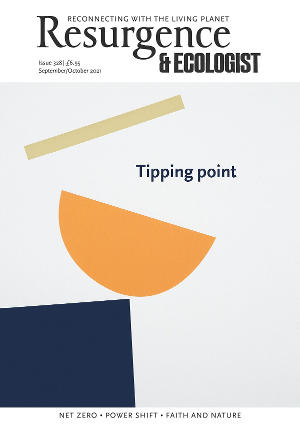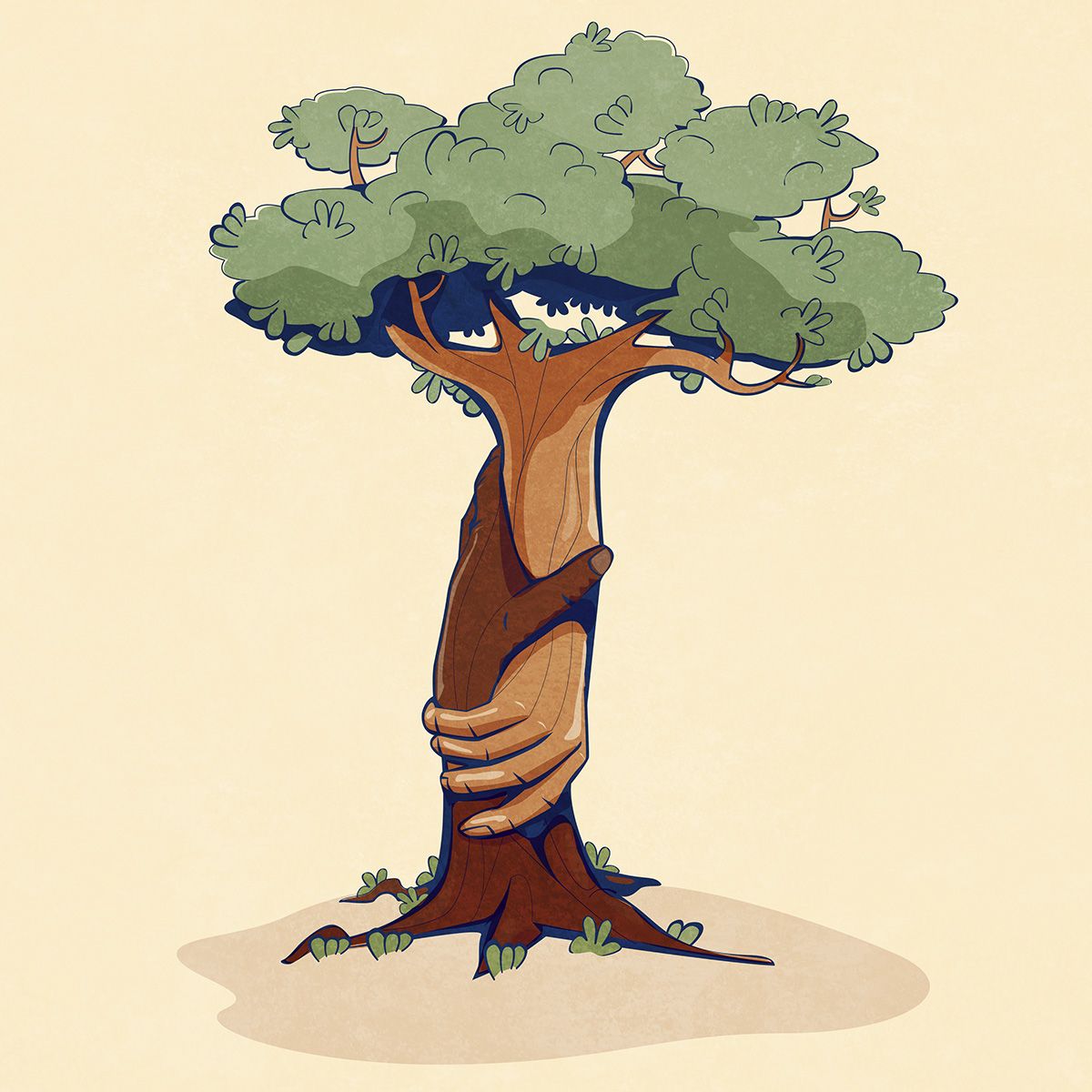In the US, there are often fewer trees in neighbourhoods where residents are black people or other people of colour, or those with lower incomes. In response to this, not-for-profit group American Forests has created a system to track these imbalances, and has already calculated the results in Houston, Detroit, Seattle and other urban areas. It partners with local communities, nonprofits and governments to use the data to drive plantings, in synchrony with a broader environmental justice movement across the country and world.
The Tree Equity Score incorporates factors like population density, income and employment, race and ethnicity, age, satellite data on tree cover, and surface temperature. The approach was developed in Rhode Island as part of a United States Climate Alliance state learning lab.
“Racism and other forms of discrimination [continue to play] a role in where trees are located, [which] impacts the health and wellbeing of communities along racial and economic lines,” said Amelia Rose, executive director of Groundwork Rhode Island (RI), which partners with American Forests.
American Forests defines tree equity as having enough trees in an area so that everyone can experience the health, climate and economic benefits. Trees cool and clean the air, lowering risks for heat-related and respiratory illness. They filter out water pollution, reduce flooding, cut energy bills, sequester carbon and benefit mental health, among other traits. People in neighbourhoods with fewer trees are generally exposed to more heat, pollution and stress.
Inequities in US tree cover are often the aftermath of housing discrimination. Through the racist real estate practice of redlining in the 1930s, federal officials labelled black neighbourhoods “risky” investments, preventing potential homebuyers from receiving mortgages. This underinvestment resulted in less greenery and more pavement in black neighbourhoods and other communities of colour. A 2020 study found that formerly redlined neighbourhoods are now up to 7°C hotter in summer. Previously redlined tracts are more likely to be lower-income and to have black or LatinX residents, who experience related health disparities.
I asked Jeremy Hoffman, co-author of the redlining study, for his thoughts on American Forests’ Tree Equity Scores. He said this data-driven approach “makes total sense”. It “may help cities efficiently disburse [limited resources] to achieve maximum impact on things like reducing heat islands, improving mental health, and providing economic opportunities for [existing residents].”
Earlier this year, American Forests invested in applying the tree equity scoring system within Rhode Island. It co-funded a US$100,000 grant to boost tree cover for a Health Equity Zone in the state. The Pawtucket and Central Falls Health Equity Zone is an endeavour that was launched in 2015 to address health disparities for residents of the cities of Pawtucket and Central Falls – formerly redlined areas with lots of paved surfaces and low tree cover. With the new tree grant, community groups will lead tree plantings on public and private lands in neighbourhoods with low Tree Equity Scores. Groundwork RI will train local people in tree care and community engagement.
Groundwork RI Program Coordinator Leandro Castro said the Tree Equity Score is “a model for community groups and government offices to recognise and have a deeper conversation about the structures that impact and are impacted by tree canopy”. He said a group of diverse local nonprofits are carrying out community outreach, “speaking to their friends and neighbours, and helping spread the word organically, which demonstrates our collective commitment to making sure climate-vulnerable communities’ voice and choice plays a role as to where [trees] go”.
American Forests already has multiple urban forestry initiatives in place that drive equity-focused tree installations across the country. And the nonprofit works to launch tree-related careers for “overlooked populations like unemployed/underemployed communities of color,” according to its website.
“Through our workforce development programme, [we make] sure job opportunities in urban forestry are benefiting the communities that need them most,” explained American Forests’ Vice President of Urban Forestry, Ian Leahy. “[We work] to place individuals directly into full-time positions and provide wraparound services such as transportation stipends and child care to reduce barriers to entry and retention.”
American Forests envisions that every lower-income neighbourhood in 100 US cities will have a passing Tree Equity Score by 2030. In May this year, the city of Phoenix became the first in the nation to formally commit to achieving tree equity by 2030. A mass roll-out of scores across the US was scheduled for June.
“There are holes in our tree canopy umbrella,” Castro said. “We need to patch [them] and even restructure [the] frame so that we can all benefit from the health and life-giving properties that trees bring.”








